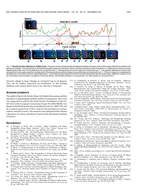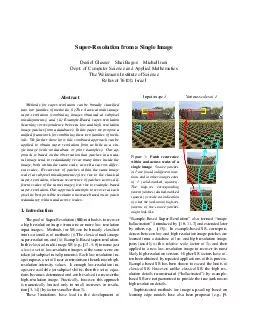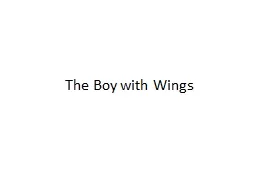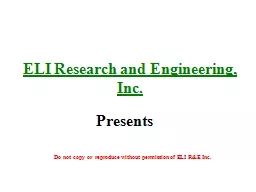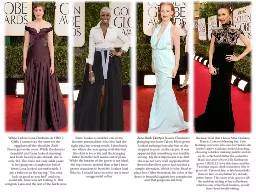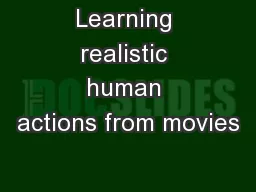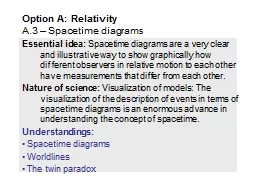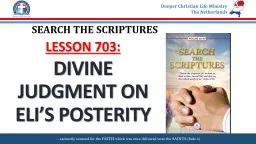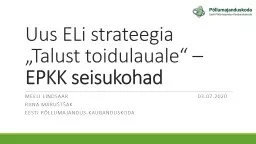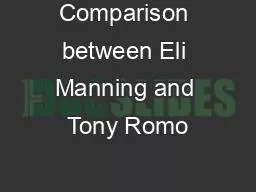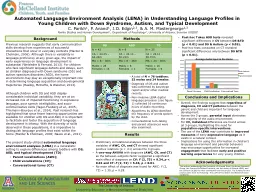PDF-Actions as SpaceTime Shapes Lena Gorelick Moshe Blank Eli Shechtman Student Member IEEE
Author : tatiana-dople | Published Date : 2014-12-21
We regard human actions as threedimensional shapes induced by the silhouettes in the spacetimevolumeWeadoptarecentapproach14foranalyzing2Dshapesand generalizeittodealwithvolumetricspacetimeactionshapesOurmethodutilizes
Presentation Embed Code
Download Presentation
Download Presentation The PPT/PDF document "Actions as SpaceTime Shapes Lena Gorelic..." is the property of its rightful owner. Permission is granted to download and print the materials on this website for personal, non-commercial use only, and to display it on your personal computer provided you do not modify the materials and that you retain all copyright notices contained in the materials. By downloading content from our website, you accept the terms of this agreement.
Actions as SpaceTime Shapes Lena Gorelick Moshe Blank Eli Shechtman Student Member IEEE: Transcript
Download Rules Of Document
"Actions as SpaceTime Shapes Lena Gorelick Moshe Blank Eli Shechtman Student Member IEEE"The content belongs to its owner. You may download and print it for personal use, without modification, and keep all copyright notices. By downloading, you agree to these terms.
Related Documents

